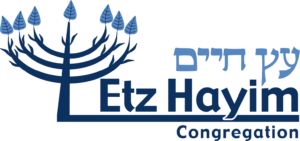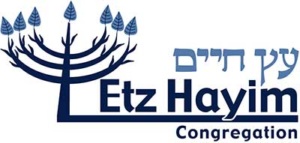G-d judges us on Rosh Hashanah. But the prayerbook says that we can still do three things before Yom Kippur to change the judgment: teshuvah, tefillah, and tzedekah. Why these three? They aren’t even written in the Torah.
I think there’s a scientific explanation that the rabbis couldn’t have known about when the prayer was written. But we know it today thanks to Sir Isaac Newton. Do you remember learning about him in middle school science class? According to legend, an apple fell on his head. What could be more appropriate for Rosh Hashanah?
Newton developed three laws of motion. As I see it, teshuvah, tefillah, and tzedekah each corresponds to one of those laws:
Tzedakah would correspond to Newton’s first law – the Law of Inertia: “A body at rest stays at rest, and a body in motion stays in motion unless acted upon by an external force.” Some of us are “at rest”—we’ve stalled and aren’t doing anything to improve ourselves or the world around us. Others are in motion—but maybe moving in the wrong direction. So we need a little push.
And tzedekah can be that push. Tzedekah is often translated as charity or kindness. But it’s better understood as acting justly – doing good because that’s the right thing to do. Sometimes, if we see that something’s important, we need to be that external force, giving a little boost to others. It might mean making a donation, or volunteering, or doing social justice. Acting justly is a small force that can have a big impact. One recent example: a single schoolgirl spoke out about what she knew was right and it mobilized others around the world to act as well.
Newton’s next law: “For every action, there’s an equal and opposite reaction.” I think this corresponds with teshuvah. Teshuvah is often translated as repentance, but it really means to return. A person is intrinsically good and wants to return to being good even if they’ve missed the mark. But as hard as we try, there always seem to be opposing forces, temptations, or excuses pushing back against us just as hard.
There’s a wise commentator named the Zera Shimshon who proposes a solution. He says: If you’ve done a bunch of sins, counteract them by doing a bunch of opposite mitzvahs. For example, if you’ve sinned with your tongue by gossiping, do mitzvahs that use the tongue positively such as teaching words of Torah to children. So to paraphrase Newton, “for every sin there’s an equal and opposite mitzvah.”
Newton’s final law is: “The force acting on an object is equal to its mass times its acceleration.” This is tefillah. How, you ask? Tefillah is often translated as prayer. And that’s part of it. But it really means union—striving to become united with and attached to G-d. That sounds difficult. But Zera Shimshon teaches that it’s easier when we join together as part of a congregation. So, even though we can speak to
G-d as an individual at home, our connection with G-d can be stronger when we come together as a group. Force equals mass times acceleration. Today the size of our mass here in shul is pretty large. We’re a forceful group. But as a scientist friend recently reminded me, force is a vector —it has both magnitude and direction. So it isn’t only about how hard we pray today. It’s also about the direction in which our prayer leads—how we’ll apply it in our daily decisions tomorrow and the next day.
Teshuva, Tzedekah, and Tefillah. If you ask me, it’s fundamental physics. Shana Tovah.
The views and opinions expressed herein are those of the authors and do not necessarily reflect those of the Synagogue or Board of Directors.

